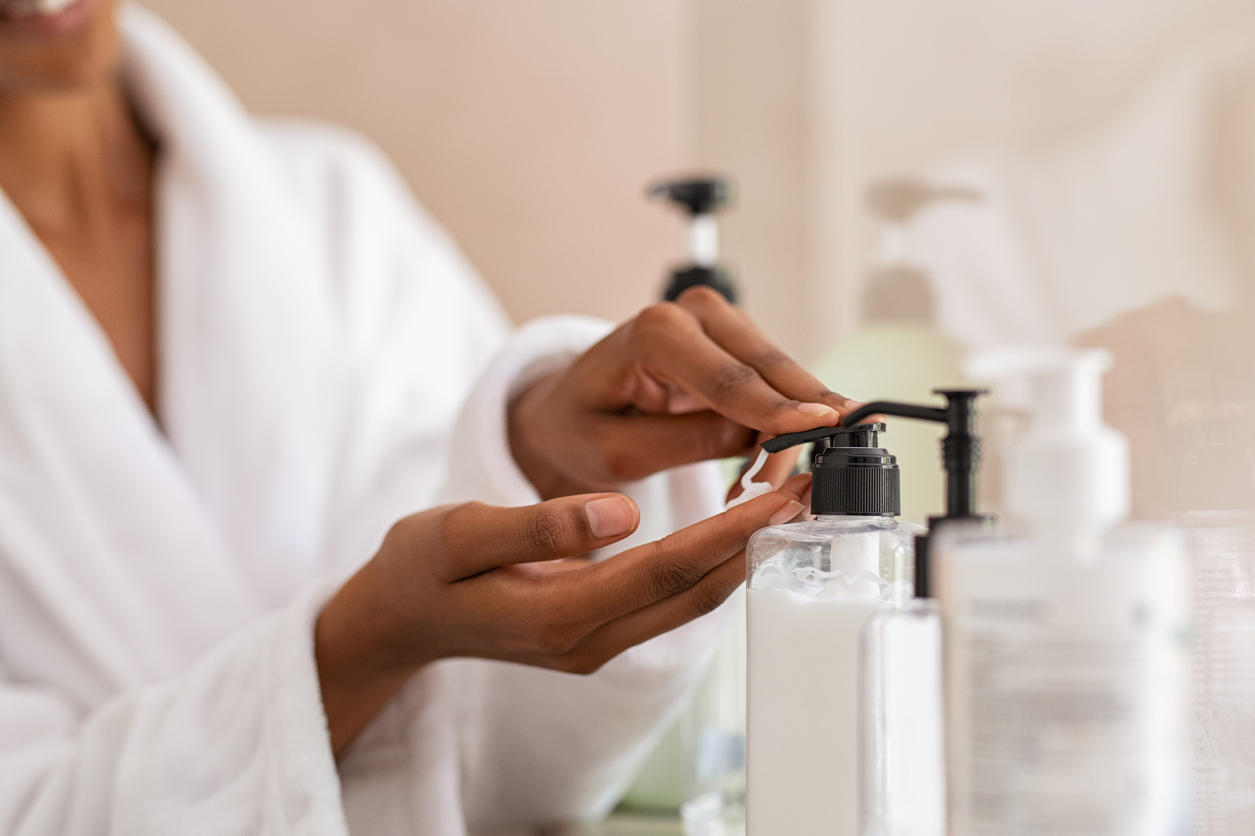
The beauty industry is evolving, and one of the most powerful movements reshaping it is clean beauty. Consumers are becoming more aware of the ingredients in their skincare and makeup products, demanding transparency, safety, and sustainability. But with so much buzz around the term “clean beauty,” it can be confusing to understand what it truly means—and why it’s important. In this ultimate guide, we’ll break down the basics of clean beauty, why it matters, and how you can make more informed choices.
What Is Clean Beauty?
Clean beauty refers to products that are mindfully created and produced without toxic ingredients. These products prioritize both human health and environmental sustainability. However, because “clean beauty” isn’t regulated by a central authority (like the FDA), definitions can vary between brands.
Core principles of clean beauty:
- Non-toxic ingredients: Avoids ingredients linked to harmful health effects.
- Transparency: Full disclosure of all ingredients on labels.
- Sustainability: Focuses on environmentally responsible sourcing and packaging.
- Ethical practices: Often includes cruelty-free and vegan options.
Clean beauty is about more than just what’s left out—it’s about what’s thoughtfully included to promote skin health and well-being.
Why Clean Beauty Matters
1. Protecting Your Health
Many conventional beauty products contain ingredients associated with hormone disruption, allergic reactions, and even carcinogenic effects over long-term exposure.
Common offenders include:
- Parabens: Preservatives linked to hormone disruption.
- Phthalates: Often found in fragrances, potentially harmful to reproductive health.
- Sulfates: Harsh cleansing agents that can strip skin and cause irritation.
Why it matters:
Choosing clean beauty reduces your exposure to potentially harmful chemicals, offering peace of mind about what you’re putting on your skin.
2. Environmental Responsibility
Clean beauty often goes hand-in-hand with eco-conscious initiatives, such as using biodegradable ingredients, recyclable packaging, and sustainable sourcing practices.
Impact on the environment:
- Reduces water pollution caused by toxic runoff from chemical-laden products.
- Supports biodiversity by avoiding harmful ingredient sourcing.
- Minimizes carbon footprint through ethical production methods.
Why it matters:
Supporting clean beauty brands contributes to a healthier planet for future generations.
3. Transparency and Trust
Clean beauty brands prioritize transparency, making it easier for consumers to know exactly what they are purchasing.
Transparency includes:
- Clearly labeled ingredients lists.
- Certifications like EWG Verified, COSMOS, or USDA Organic.
- Open communication about sourcing, production, and testing practices.
Why it matters:
Transparency builds trust between brands and consumers, empowering you to make educated choices.
Key Ingredients to Avoid
If you’re aiming to embrace clean beauty, watch out for these commonly flagged ingredients:
- Parabens (methylparaben, butylparaben)
- Sodium lauryl sulfate (SLS) and sodium laureth sulfate (SLES)
- Phthalates (often hidden in “fragrance”)
- Formaldehyde and formaldehyde-releasing agents
- Toluene (found in nail polish)
- Chemical sunscreens (oxybenzone, octinoxate)
Pro tip:
Look for “fragrance-free” rather than “unscented” products—”unscented” can still include masking fragrances containing phthalates.
How to Transition to Clean Beauty
1. Start With the Essentials
Begin by replacing products you use daily and over large areas of your body, like cleansers, moisturizers, and sunscreens.
Why:
Frequent use = higher exposure. Focus on reducing that first.
2. Read Ingredient Labels Carefully
Don’t rely solely on buzzwords like “natural” or “organic” on packaging—check the ingredients list.
Tips for label reading:
- Ingredients are listed in order of concentration.
- Watch for hidden synthetics in “fragrance” or “parfum.”
- Recognize common botanical names (e.g., “Aloe barbadensis leaf extract” = aloe vera).
3. Choose Certified Brands
Seek out products certified by reputable third-party organizations.
Helpful certifications:
- EWG Verified: Meets strict health and transparency standards.
- USDA Organic: Contains certified organic ingredients.
- Leaping Bunny or Cruelty-Free International: Indicates no animal testing.
4. Transition Gradually
You don’t have to toss everything overnight. As you finish products, replace them with cleaner alternatives.
Why:
This approach is budget-friendly and helps you avoid waste.
5. Research Brands
Not all clean beauty brands are created equal. Some genuinely commit to clean principles, while others engage in “greenwashing”—marketing themselves as eco-friendly without substantiating the claims.
Questions to ask about brands:
- Are they transparent about their ingredient sourcing?
- Do they avoid known harmful chemicals?
- Do they support ethical, sustainable practices?
Clean Beauty Myths to Avoid
Myth 1: All natural ingredients are safe.
Reality: Some natural substances (like poison ivy) are harmful. Clean beauty focuses on safe, non-toxic ingredients—natural or synthetic.
Myth 2: Clean beauty products are less effective.
Reality: Many clean products use advanced botanical formulations that deliver outstanding results, often without the side effects caused by harsh chemicals.
Myth 3: If it’s labeled “organic,” it must be clean.
Reality: Organic certification is about farming practices, not necessarily the overall safety of a formula.
Must-Try Clean Beauty Brands
If you’re ready to dive into clean beauty, here are a few trusted brands known for their commitment to safety and sustainability:
- ILIA Beauty: Clean cosmetics combining skincare and makeup.
- Biossance: Skincare powered by squalane and sustainable practices.
- Herbivore Botanicals: Plant-based skincare with transparent ingredient lists.
- RMS Beauty: Organic makeup designed to nourish the skin.
- Beautycounter: Rigorous safety screening and advocacy for better beauty laws.
Clean beauty isn’t just a fleeting trend—it’s a movement toward healthier choices for ourselves and the environment. By understanding what clean beauty really means, reading labels carefully, and supporting transparent brands, you can make empowered decisions that benefit your skin and the planet. Transitioning to clean beauty is a journey, not a sprint, but every small step moves you closer to a more conscious, radiant, and sustainable beauty routine.







